Press Release: Veritas Press C.I.C.
Author: Kamran Faqir
Article Date Published: 06 Sept 2025 at 11:47 GMT
Category: Middle East | Palestine-Gaza | US-Israel At War
Source(s): Veritas Press C.I.C. | Multi News Agencies
When Israel’s Defence Minister, Yisrael Katz, declared publicly that “The Gates Of Hell Will Open” over Gaza unless Hamas complied with Israel’s demands, many treated it as bluster. Within weeks, that phrase stopped being a metaphor and started reading like a military doctrine. High-rise towers have been levelled, hospitals struck, entire residential blocks reduced to dust, and a new class of explosive-laden, remotely-operated vehicles has been driven into neighbourhoods and detonated. Survivors speak of being hurled across rooms; human rights monitors record whole streets erased; UN experts warn of famine and possible genocide. The scale and character of the assault demand a forensic, evidence-first investigation.
Katz’s Ultimatum, Words That Became Policy:
On 22 August Katz warned that Gaza City could be “destroyed” unless Hamas capitulated, a statement he and other security figures framed as an operational warning tied to hostage-release demands. Critics immediately interpreted the line as an explicit threat to civilian life and townscape; former Israeli defence officials and international lawyers warned it risked crossing into criminal intent if followed by systematic destruction. Hamas called the remark an “admission of ethnic cleansing” and used it to underscore what it said was an imminent campaign to expel Gaza’s population.
“If Hamas does not release the hostages, the gates of hell will open in Gaza,” Katz said, words that, in practice, preceded a major intensification of strikes and demolitions.
The New Means Of Erasure: Explosive-Laden “Robots”.
Investigative field reporting, NGO field teams and multiple journalists have documented the systematic use of retrofitted armoured carriers, sometimes described as M113 personnel carriers packed with tonnes of explosives, remotely driven into dense residential quarters and detonated. Survivors in Gaza City describe a new scale of destruction: entire multi-storey buildings “gone without trace,” night after night, detonations timed to terrorise civilians and force flight. Euro-Mediterranean Human Rights Monitor concluded the vehicles are being used at an “unprecedented pace” and estimated roughly 300 residential units are being destroyed each day in Gaza City and Jabalia by these devices. Israeli outlets confirm a dramatic rise in their use.
Eyewitness Hamza Shabaan told Middle East Eye:
“Nothing compares to these robots. They are far more devastating than airstrikes. If the building were seven storeys high, it would become rubble; you can’t even tell there used to be a building there.”
These machines change the arithmetic of urban destruction. Where precision strikes sometimes left partial structures, the robots tend to obliterate foundations and load-bearing cores, a destruction profile that eases permanent displacement and future denial of return. Euro-Med’s field analysts warn that if the current cadence continues, much of the remaining fabric of Gaza City could be gone within weeks.
Hospitals, Journalists And The “Double-Tap” Pattern:
The death of journalists, medics and first-responders in repeated strikes on health facilities has become an indictment of operational practice. An Associated Press investigation into the Nasser Hospital strikes found troubling tactical choices: tank shells used where precision weapons might have been applied, an apparent misidentification of a journalist’s camera as a surveillance device, and a second strike that hit the same site after rescuers and journalists arrived, a “double-tap” pattern that raises flagrant legal and ethical questions. AP concluded that key Israeli explanations remain unproven publicly and called for accountability.
Doctors and medical staff describe scenes of chaos and fear: overwhelmed wards, operating theatres without power or anaesthetic, corpses and wounded stacked in corridors. UN and humanitarian actors say deliberate or reckless hits on medical facilities, combined with a blockade of medical supplies, amount to systematic denial of care.
Civilians Under Fire, Aid Seekers, Children, And The Starvation Toll:
Medical and ambulance services in Gaza have repeatedly documented deaths of children and people seeking aid. Al-Shifa and field hospitals have recorded strike victims among families queuing for food or shelter. Recent waves of attacks killed dozens in a single 24-hour period, aid-seekers included, while malnutrition deaths continue to mount. The Integrated Food Security Phase Classification (IPC) and the WHO have confirmed famine conditions in the Gaza Governorate and warned of rapid expansion.
Official tallies vary: Gaza’s Health Ministry reports more than 100,000 deaths (updated early September), a figure UN experts and independent researchers say is likely an undercount; peer-reviewed studies have suggested real casualties may be a multiple of official totals. Regardless of exact counts, independent monitors, humanitarian agencies, and academic bodies agree that the combination of bombardment, blockade and denial of aid has produced catastrophic civilian casualties and hunger-related deaths.
Eyewitness Testimony, What Survivors, Medics And Rescuers Tell Us:
On the streets of Gaza City, repeated themes appear in interviews and verified witness footage:
• A father in Sheikh Radwan described hearing a “machine” move down the lane and then a blast that “lifted us from the mattress” Neighbours later pulled out scorched debris and a child’s body. (local ambulance crews and Al-Jazeera field reporting).
• A medic at Al-Shifa told reporters that staff were forced to perform amputations without anaesthesia because supplies and analgesics were exhausted after successive strikes. (Al-Shifa reporting; field testimony).
• Hamza Shabaan (quoted above) compared the robots to nothing he had seen in previous wars: “The explosions usually start when you’re trying to sleep… They reduce entire buildings to crushed rubble.”
These are not isolated anecdotes; they are corroborated across video, NGO field teams, hospital records and satellite imagery. Together, they establish a pattern of methods (robotic detonations, repeated demolition of residential clusters, and strikes on rescue scenes) that amount to a deliberate operational design.
Legal And Analytical Perspectives: Is This Genocide?
A growing chorus of legal analysts, UN staffers, scholars and some international bodies now argue Israel’s campaign meets the legal threshold of genocidal conduct or, at a minimum, of crimes against humanity and grave breaches of the laws of war. The International Association of Genocide Scholars (IAGS) adopted a resolution in late August declaring that Israel’s policies and actions in Gaza meet the legal definition of genocide under the 1948 Genocide Convention. Hundreds of UN human rights staff have urged leadership to call the war a genocide; UN experts have asked the General Assembly to convene emergency action.
Professor Michael Spagat and other independent researchers have warned that current casualty ratios and the systematic nature of destruction, allied with statements by senior Israeli officials, create the “only reasonable inference” of intent to bring about the destruction of the civilian population in part, which is a key legal test under the Genocide Convention. Not every legal analyst agrees on the label; the debate centres on whether patterns of conduct plus volitional statements can be assembled into proof of specific genocidal intent. But the international legal conversation has shifted decisively from “possible” to “plausible” a critical change in diplomatic and judicial terms.
Global Response, Words, Votes And Arms:
International reaction has been inconsistent and frequently contradictory. Major UN agencies and independent experts have issued urgent calls for ceasefires, increased humanitarian access and investigations; the IPC/WHO declared famine in Gaza Governorate; OHCHR experts pressed the General Assembly; and the IAGS declared Israel’s actions meet the legal definition of genocide. Yet hard political measures (weapon embargoes, effective sanctions, multilateral enforcement) have been limited. The U.S. continues to resupply Israel; many European governments have offered rhetorical rebukes while maintaining military and diplomatic ties.
Activists and human rights groups argue that this is not mere passivity but active complicity, when states continue to arm and fund a campaign that independent investigators say is producing large-scale civilian death and starvation. Raji Sourani of the Palestinian Centre for Human Rights called recent U.S. sanctions on Palestinian human rights groups “shameful,” saying they penalise documentation and legal accountability rather than perpetrators. Reuters
Reconstruction, Displacement And The Politics Of Erasure:
Beyond immediate deaths, the campaign is a political project of territorial and demographic control. The pattern is recognisable: mass displacement via bombardment, denial of sustained humanitarian assistance, and demolition of homes and infrastructure, a set of actions that systematically reduce the possibility of civilian return. International proposals to reconfigure Gaza governance and to rehouse Palestinians in new technocratic frameworks are now being debated, but survivors and local leaders fear these schemes will cement dispossession. Humanitarian and legal authorities warn that reconstruction founded on occupation, military control, or demographic engineering would institutionally entrench the erasure now taking place.
Conclusion — A Blueprint For Erasure, Not Security, Evidence, Accountability, And International Law Testing:
What Israel has unleashed on Gaza since Katz’s “Gates Of Hell” ultimatum is not merely a military campaign but a systematic architecture of destruction. The evidence gathered from eyewitnesses, humanitarian monitors, hospital staff, journalists, and independent analysts points to a policy that goes beyond battlefield logic: obliteration of the physical landscape, starvation of the population, and denial of survival infrastructure.
The deliberate use of explosive-laden robots to pulverise entire blocks, repeated strikes on hospitals and journalists, and the calculated throttling of food and medicine cannot be explained away as accidents or excesses of war. They form a consistent pattern, one that international law recognises as the mechanics of genocide, ethnic cleansing and forcible population transfer.
This war is no longer only about defeating Hamas. It is about rewriting Gaza’s geography and demography, ensuring that the city itself becomes uninhabitable. The testimonies of survivors, the rubble-strewn streets mapped by satellite, and the medical reports of starving children converge into a single, chilling reality: Gaza is being erased in real time.
The international response, meanwhile, has been a choreography of outrage without enforcement. Statements of concern, UN resolutions, and legal warnings have not slowed the daily destruction. Arms continue to flow, aid remains obstructed, and diplomatic cover is still extended to those carrying out the campaign. This is not neutrality; it is complicity.
The true test is no longer whether the world can see what is happening in Gaza, the evidence is overwhelming. The test is whether states, courts, and institutions will act before Gaza City becomes a synonym not just for devastation, but for the failure of international law itself. If “never again” is to mean anything, it must mean something now, in the face of a war that has turned one of the most densely populated places on earth into a graveyard, a famine zone, and a political project of erasure.
This investigation synthesises verified eyewitness testimonies, NGO fieldwork, hospital records, satellite imagery reported by media teams, and public statements from officials. The operational character of the assault, Katz’s ultimatum followed by targeted urban erasure, the novel and widespread use of explosive robots, repeated strikes on medical and rescue personnel, and the constriction of aid leading to famine, forms a pattern that must be judged on evidence, not partisanship.
Two questions now matter more than rhetoric:
- Accountability: Will international institutions, the International Criminal Court (ICC), the UN General Assembly, the International Court for Justice (ICJ) and independent investigative bodies be allowed to examine and, if warranted, prosecute the actions and policies that produced this destruction? AP’s investigation of Nasser Hospital underscores the need for a transparent, independent inquiry. Given that both the ICJ and ICC have failed to hold Israel accountable and enforce their rulings.
- Action to protect civilians: Can the global community move beyond statements and take concrete steps, enforce arms suspensions, secure humanitarian corridors, and guarantee medical evacuation, to prevent further civilian deaths and starvation in the coming weeks?
If the “gates of hell” have been opened, the test of the international system is whether it will close them, by law, by politics, or by force, before entire districts, histories and lives are removed from the map.


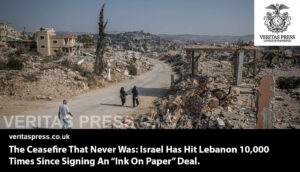





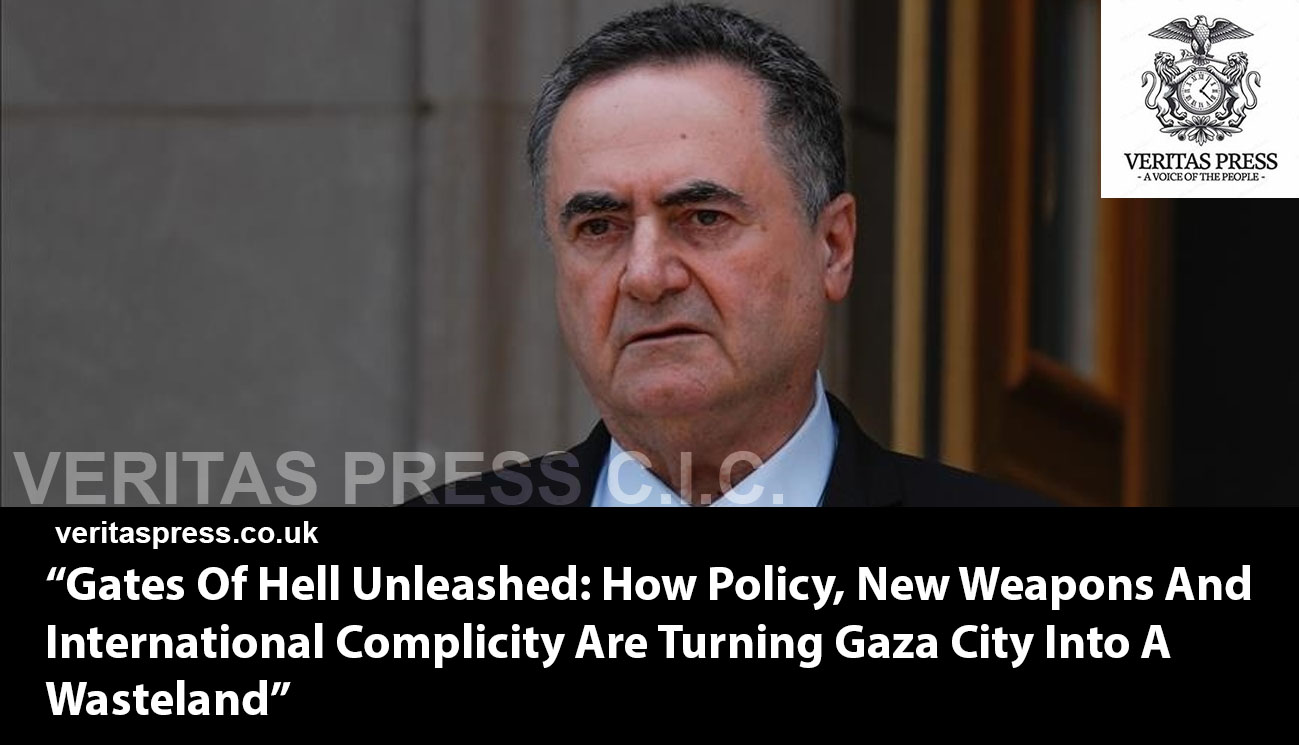
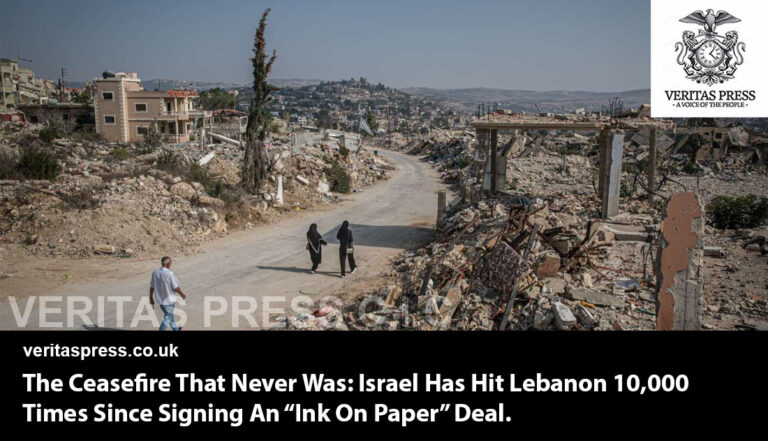


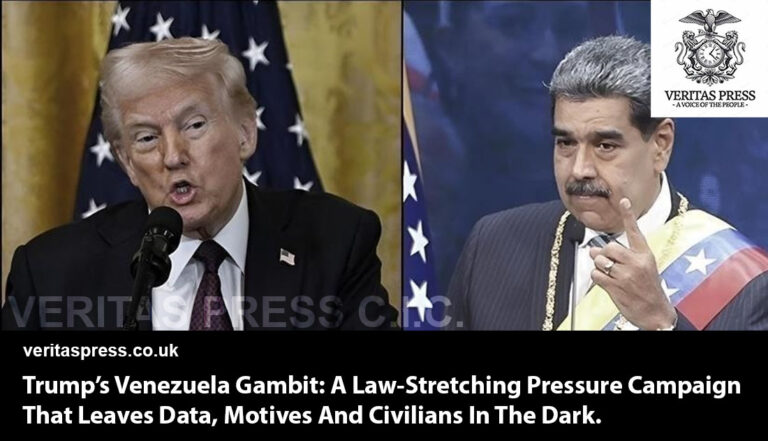




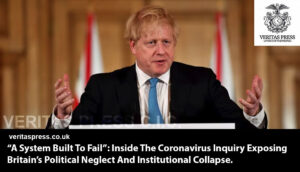
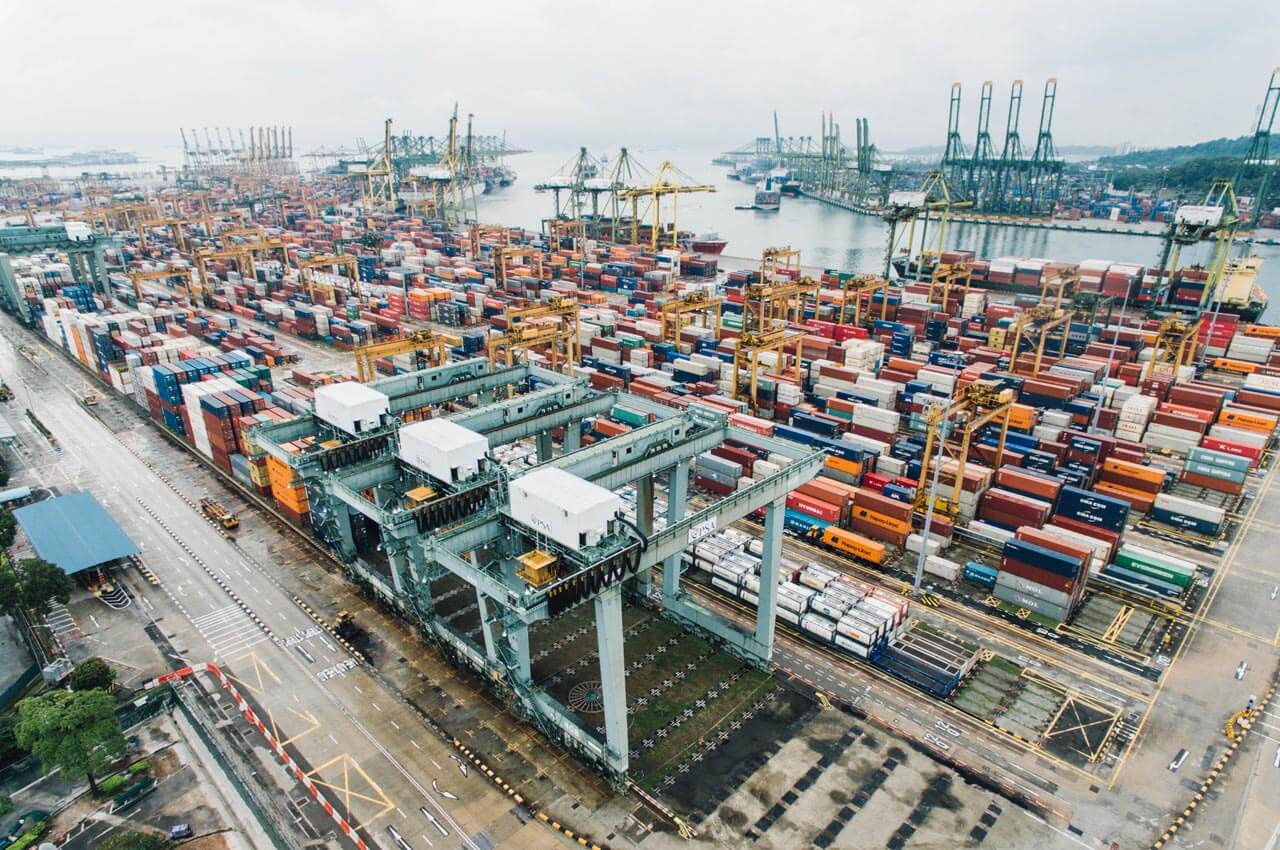









Leave a Reply